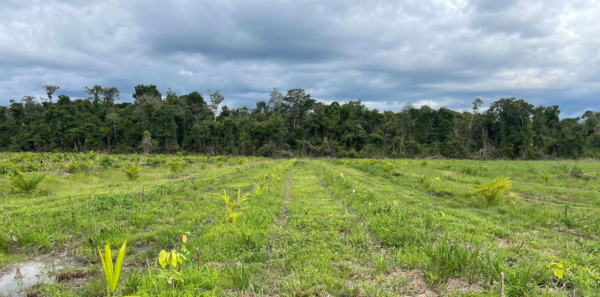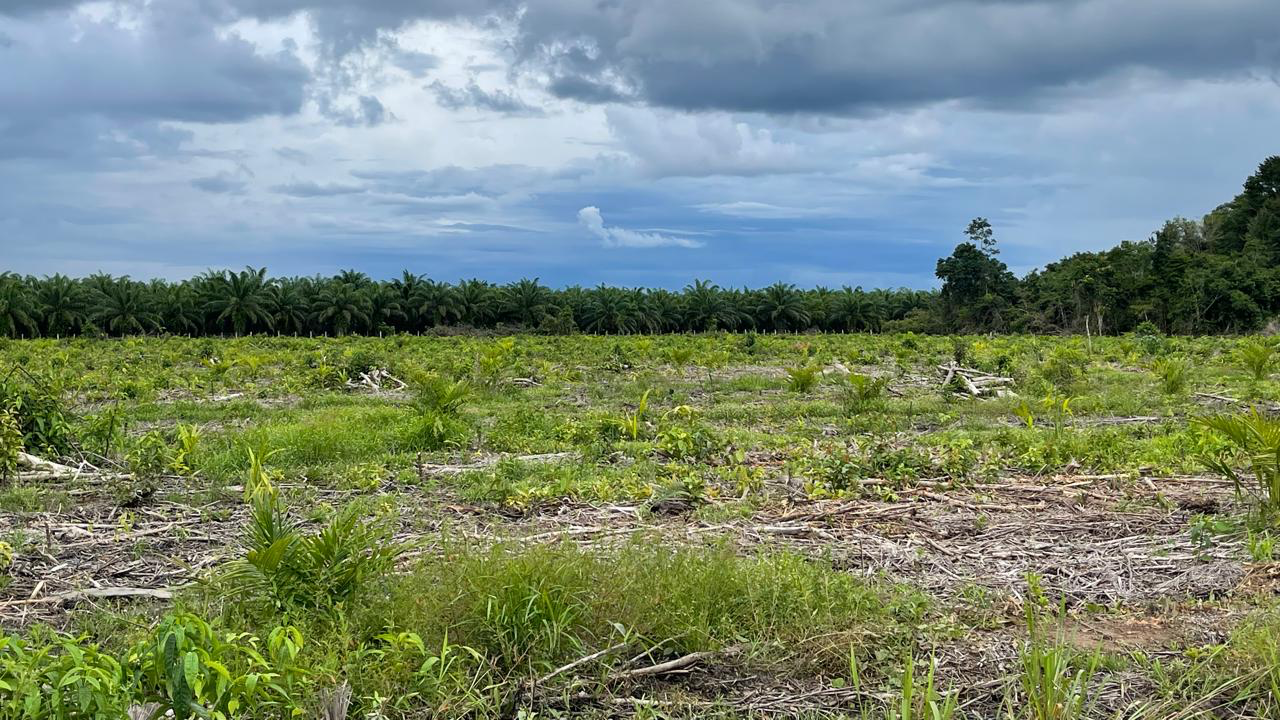Learn about the history of CAMTA, a cooperative supported by Fundo Vale and a pioneer in implementing agroforestry systems in Brazil

Photos: CAMTA publicity photos
The Tomé-Açu Mixed Farming Cooperative (CAMTA) in Pará, northern Brazil – an initiative supported by Fundo Vale as part of Vale’s 2030 Forest Goal, which aims to restore 100,000 hectares of forests and protect another 400,000 hectares – has been successfully implementing an agroforestry proof of concept. For more than 50 years, the Tomé-Açu Agroforestry System has been producing agricultural and forestry crops in an integrated way. It is considered an exemplary model by the United Nations Food and Agriculture Organization (FAO) and it is rated a useful “social technology” by the Banco do Brasil Foundation. The system used by the cooperative members is recognized for its effectiveness at preventing deforestation, productively restoring land and expanding agroforestry systems that promote the sustainable use of forests and the construction of bioeconomy value chains.
CAMTA stands out for generating significant positive impacts on local Amazonian communities, promoting job and income generation, training farmers and preserving local cultural practices. The cooperative facilitates access to markets and essential infrastructure, contributing to food security, strengthening the local economy and reducing poverty. In this way, CAMTA and its more than 170 cooperative members and over 2,200 registered agro-industry suppliers have become an example of sustainable development in the Amazon, combining environmental conservation and social inclusion.
Proof of concept: Mechanizing agroforestry systems on a large scale

With the support of Fundo Vale, Embrapa, Natura and Himev, the cooperative has taken another important step toward enabling producers to access mechanized no-burn farming technology. In May of this year, CAMTA acquired its first mechanized patrol tractor to allow the implementation of this technology, which involves grinding up vegetation when preparing sites, thereby eliminating the need to use fire, making use of biomass and reducing greenhouse gas emissions, as well as covering the soil, retaining moisture and helping build soil fertility.
“It’s an approach that seeks to optimize agricultural productivity by integrating precision agriculture technologies through mechanization, while minimizing negative environmental impacts related to the use of fire. With the support of Fundo Vale, we implemented a pilot project across 20 hectares, covering four properties. The technology is proving to be effective, and we are already using it for the agricultural expansion of other cooperative producers,” says Vicente Morais, CAMTA’s project coordinator.
From cocoa to agroforestry innovation
CAMTA’s history began in 1929, when Japanese immigrants arrived in the Amazon with the intention of growing cocoa, but due to a lack of knowledge about appropriate cultivation techniques, their first efforts failed. After the Second World War, production of black pepper, which was concentrated in Southeast Asia, was disrupted. It was then that the Japanese immigrants in Tomé-Açu, led by Makinosuke Usui, decided to grow this crop and made the region a major producer and exporter of black pepper in the 1950s and 60s.
After a while, however, due to the negative effects of monoculture and the use of chemical inputs, black pepper production in the Amazon declined. Motivated by the need to adapt, in the 1970s the Japanese community began to take inspiration from the Amazon’s traditional riverside multi-crop systems, which mimicked the rainforest’s biodiversity.
“The Japanese immigrants adapted these traditional practices to strengthen their production systems with combinations of different crops. Adapting the knowledge we received from the local communities was an important strategy for developing sustainable agricultural systems in the Amazon,” says Ernesto Suzuki, a farmer who has worked in the region since 1965.
After testing more than 200 combinations, the farmers managed to determine agroforestry models that restored the landscape and made Tomé-Açu a model of sustainability. The most promising crops were reapplied with agronomically defined spacing and harmonious combinations of fruit and forest plants. These initiatives have recovered the landscape, which was previously dominated by vast black pepper plantations, transforming Tomé-Açu into a veritable agroforestry laboratory.
